“Behold the Slave-Girl of the Lord,
Be it done to me , according to your word” Lk 1;38
When the angel Gabriel announces to Mary God’s desire that she become the Mother of the Messiah, we are used to the translation of her reply as “Behold the handmaid of the Lord,” but the actual Greek has a far more profound description of her relationship with God, because she answers, not that she is a handmaid of the Lord but: “Behold, the slave-girl of the Lord..”
Εἴπεν δὲ Μαριάμ, Ἰδού, ἡ δούλη κυρίου· γένοιτό μοι κατὰ τὸ ῥῆμά σου. Καὶ ἀπῆλθεν ἀπ’ αὐτῆς ὁ ἄγγελος.
The word doule in Greek means a female slave. It has no other meaning.
We would all agree that there is a vast difference between a “handmaid” who can choose to obey her master, and a slave who is a possession of the master and obeys without question, never consulted.
Mary was not a slave, of course, but freeborn. What was she saying to the angel? I think we would agree that she was telling the angel that for her, she sees herself as belonging to God, so that God has only to tell her what he wants and she is ready to obey in love and trust.
Your own reflections and mine, on this revelation of Mary’s heart, opens out of a profound meditation especially today, as we honor Mary. This is the woman God chose above all others to be the mother of Jesus, and to have the greatest degree of influence over his growth in wisdom and grace. Even though Mary would tell Elizabeth, in all her humility, that she was amazed and filled with wonder that God had chosen someone so very unimportant, the annunciation brings out to us how perfect Mary was for being the Mother of Jesus.
So, now, you may ask, how is it that Mary’s description of herself as “the slave girl of the Lord,” has become “the handmaid”?
The answer is found in St. Jerome’s translation.
In 367, when the Bishops across the Mediterranean had finally agreed on the books that would belong to our bible, they called on St. Jerome to translate the Greek into Latin for the barbarians of the west, who did not know Greek. (His translation would be called “the Vulgate” because in those days, “vulgare” meant ‘ordinary’ or ‘common”. )
Here is Jerome’s Latin translation of Luke 1:38’
1: 38 dixit autem Maria ecce ancilla Domini fiat mihi secundum verbum tuum et discessit ab illa angelus
which is very well translated into English:
“And Mary said: Behold the handmaid of the Lord: be it done to me according to thy word. And the angel departed from her.”
“Ancilla” means ‘a female servant’ or ‘maid servant’ as its main meaning, not ‘slave girl’ as the Greek doule should be translated. “ Slave-girl” is a rare translation of ancilla, and almost never used, and is always found at the bottom of the list of possible translations in any dictionary.
Since the Roman Catholic Church (until Vatican II) allowed only the Vulgate to be used for all purposes, liturgy, catechesis, etc, only ‘ancilla’ was available to translators in the west. And so ‘handmaid’ became the traditional translation, and now, custom.
“To have a heart like Mary, is to surrender our hearts to whatever it appears God is asking of us, no matter what it might be.”
When we next meditate on the Annunciation, let us hear Mary tell the angel who was waiting for her answer “Behold the slave-girl of the Lord, Be it done to me according to your word”. To have a heart like Mary, is to surrender our hearts to whatever it appears God is asking of us, no matter what it might be. We ask, “Lord what is it you are asking of me right now?” and we pray, “Mother Mary, pray for us all today, to have a heart such as yours.”
Sister Wendy Cotter, CSJ














